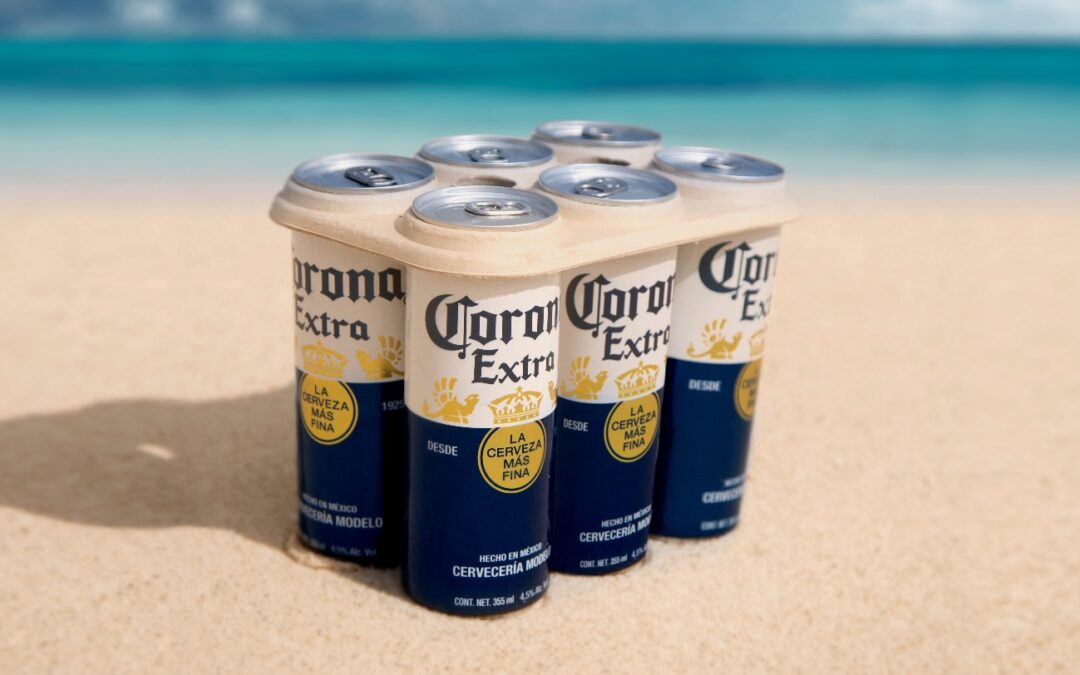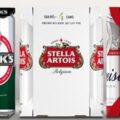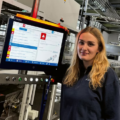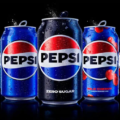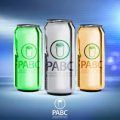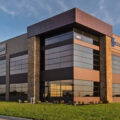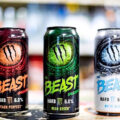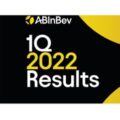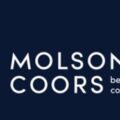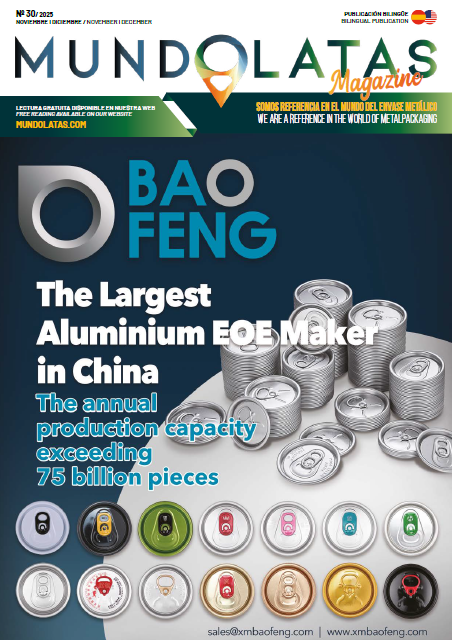AB InBev, the world’s largest brewer, has started 2025 with solid financial results thanks to the strong performance of its flagship brands, the boost from its non-alcoholic portfolio, and the expansion of its digital ecosystem. According to its CEO, Michel Doukeris, “beer continues to be a category that ignites passion among consumers,” and the company remains confident in meeting its forecasts for the year.
During the first quarter, the company reported a 1.5% increase in revenue, primarily driven by a 3.7% improvement in revenue per hectoliter, despite a 6.3% drop in reported revenue due to negative exchange rate effects.
One of the highlights was the 4.4% growth in combined revenue from its megabrands, led by Corona, which increased by 11.2% outside Mexico. The 34% growth in its non-alcoholic beer portfolio, with Corona Cero at the forefront, was also notable. In the “Beyond Beer” segment, products such as Cutwater, Nütrl, and Beats recorded 16.6% growth.
In contrast, total volume sold fell by 2.2%, partly due to calendar factors such as the absence of the additional leap year day and the shift in Easter shipments. The decline was more noticeable in beers (-2.5%) than in other beverages (-0.2%).
Despite this decrease, profitability improved: Normalized EBITDA rose 7.9% to reach $4,855 million, with a margin expansion of 218 basis points. Underlying profit stood at $1,606 million, and underlying earnings per share (EPS) grew by 7.1% (20.2% at constant exchange rates).
The company continues to focus on its three strategic pillars:
- Strengthening the category: it increased its consumer base, with 6 million new annual buyers, and gained market share in 60% of its markets.
- Digitalize and monetize: its BEES platform now operates in 28 countries, with a total GMV of $11.6 billion. BEES Marketplace, which connects retailers with third parties, recorded 53% growth and reached $645 million in GMV.
- Optimize the business: the company improved its financial costs, advanced in its $2 billion share buyback program (already 70% executed), and reported 10.3% growth in EBIT.
In terms of sustainability, AB InBev managed to reduce its direct and indirect CO2 emissions per hectoliter by 45.7% compared to 2017 and improved its water use efficiency.
With 98% of its volume produced locally and presence in markets with favorable demographics and developing economies, the company reaffirms its vision of sustained long-term growth. “The first quarter results reinforce our confidence in continuing to generate value and a future with more toasts,” concluded Doukeris.

